Water & Lava Production
In this chapter, you’ll learn how to produce Water and Lava, two essential resources for progressing in UtilityCraft.
These materials unlock early automation, farming, and even Nether access.
Obtaining Water
Begin by crafting a Mortar using 3 Cobblestone and 1 Stone Pebble.
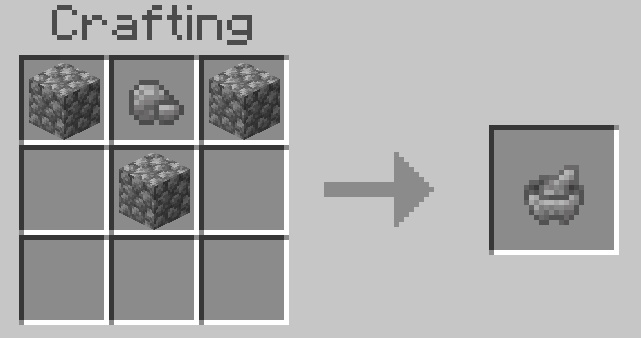
Use the Mortar along with 1 Glass Bottle and 2 Saplings to create a Water Bottle.
The Mortar won’t be consumed in the process.
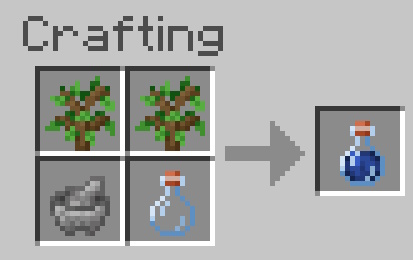
Once you have 3 Water Bottles, place a Cauldron and use the bottles to fill it.
When it’s full, use a Bucket to collect your first Water Bucket.
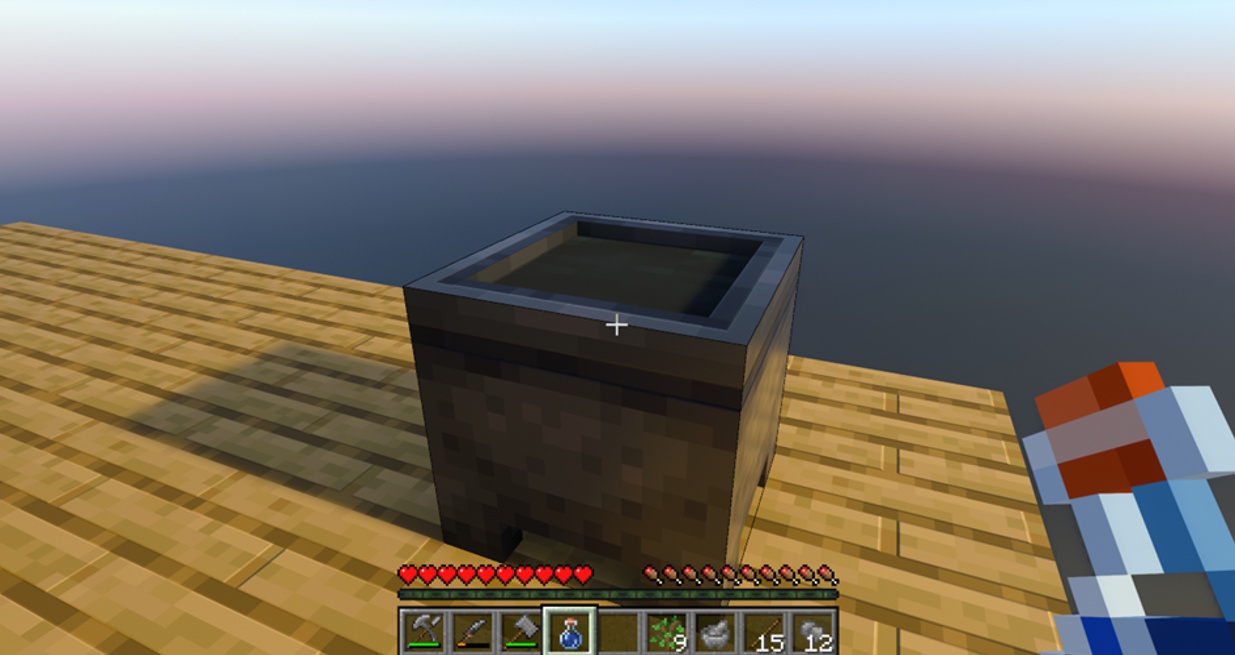
Obtaining Lava
To generate lava, you’ll need a Crucible. It converts Cobblestone into Lava over time.
The Crucible must be placed above a heat source — such as a Torch, Campfire, Fire, or Lava.
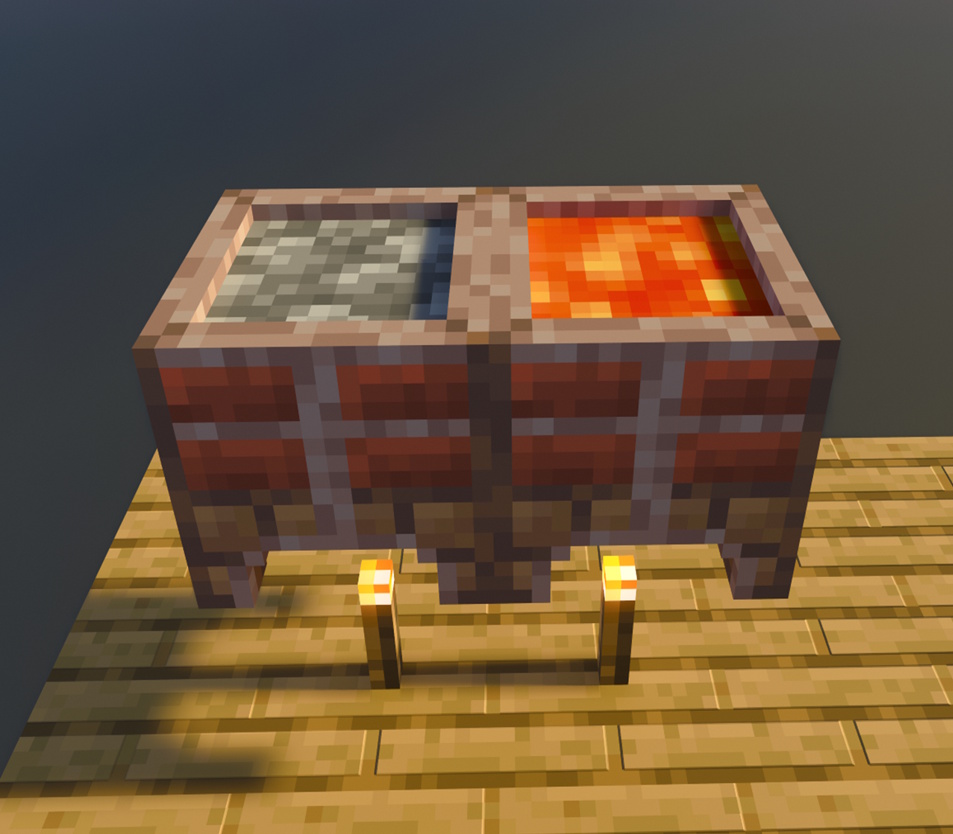
| Heat Source | Strength |
|---|---|
| Lava / Flowing Lava | 4 |
| Soul Fire / Torch / Campfire | 4 |
| Fire | 3 |
| Campfire | 3 |
| Magma Block | 3 |
| Torch | 1 |
Stronger heat sources speed up the conversion.
Feeding 4 Cobblestone into the Crucible will slowly generate 1 bucket of Lava.
You can also interact with the Crucible using a Water Bucket to instantly create Obsidian,
useful for early Nether access.
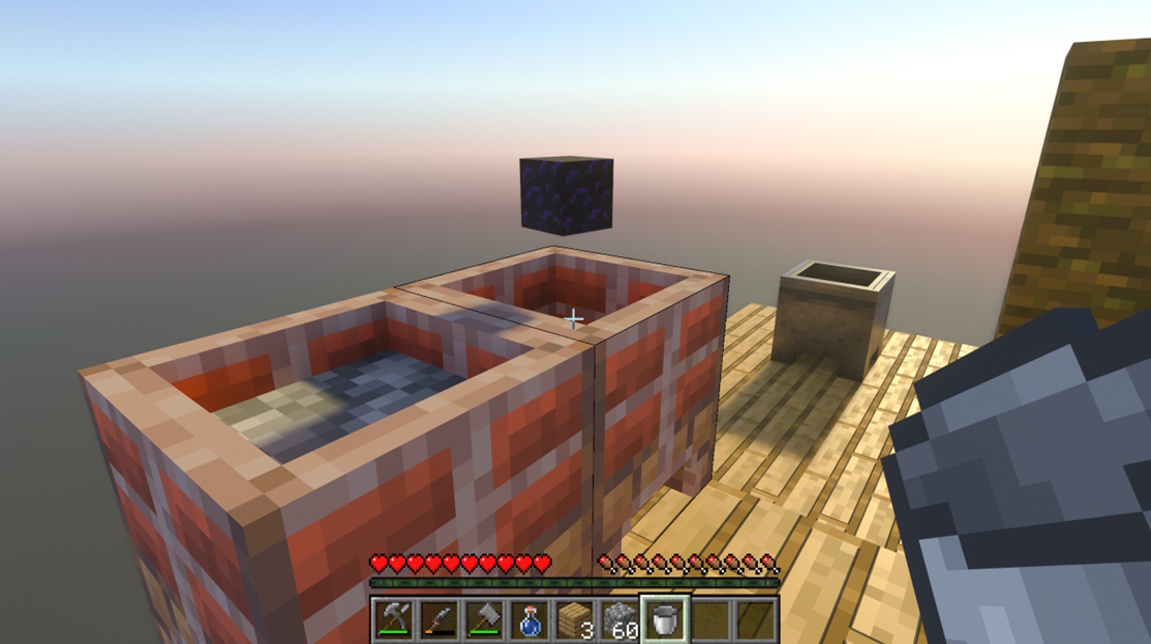
Crafting the Crucible
To craft a Crucible, you’ll need 4 Bricks and 3 Mud Bricks.
Bricks are made by smelting Clay, which you can obtain by sieving Sand.
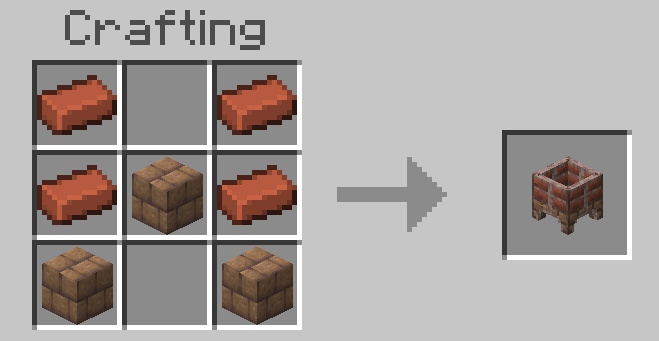
To make Mud Bricks, start by creating Mud:
place Dirt and use a Water Bottle on it to convert it.
Then combine the Mud with Wheat to make Packed Mud.
Use 4 Packed Mud in a Crafting Table to create 1 Mud Brick.
Wheat Seeds are obtained by sieving Dirt.
Once you have both Bricks and Mud Bricks, craft your Crucible.
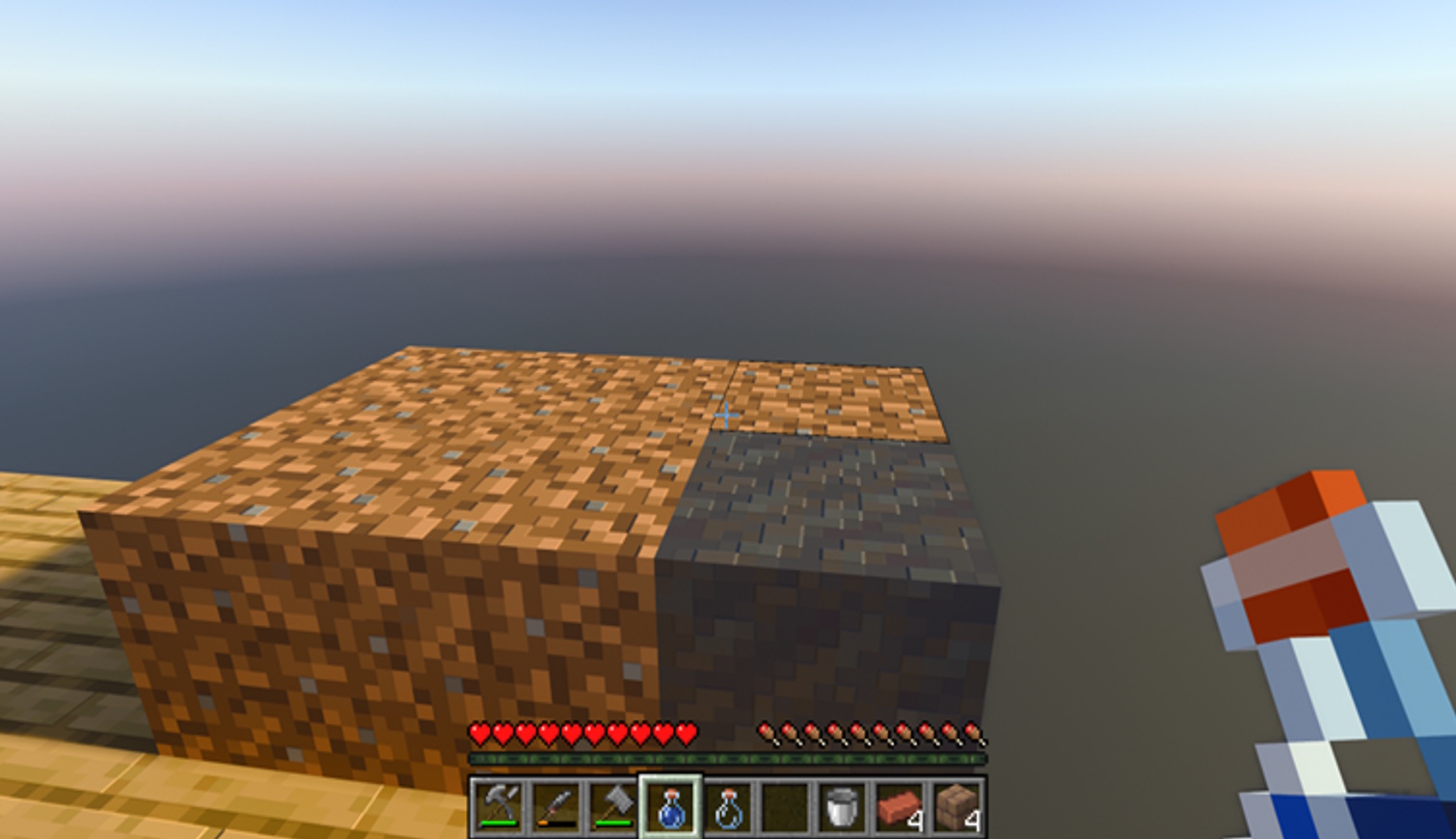
With a stable source of Water and Lava, you’ve unlocked the foundation for energy generation and automation.
Next, we’ll move toward creating Cobblestone Generators and understanding early power systems in UtilityCraft.